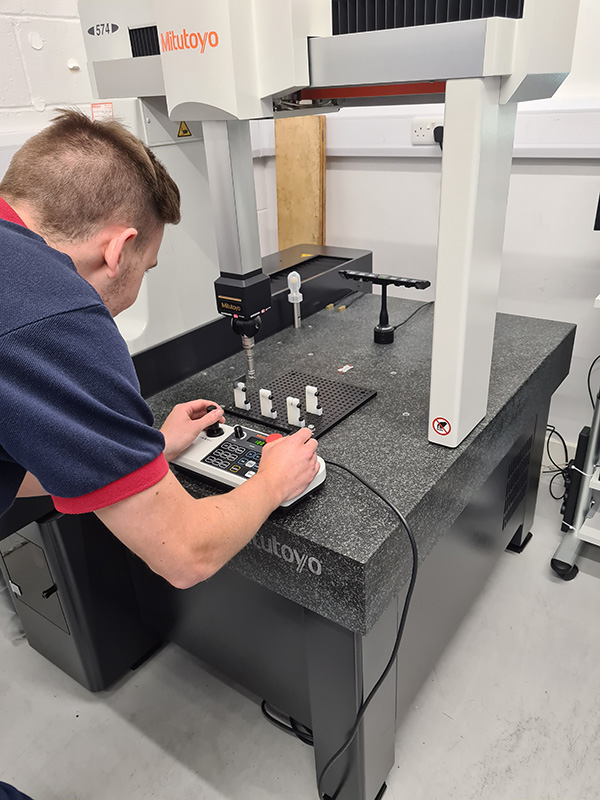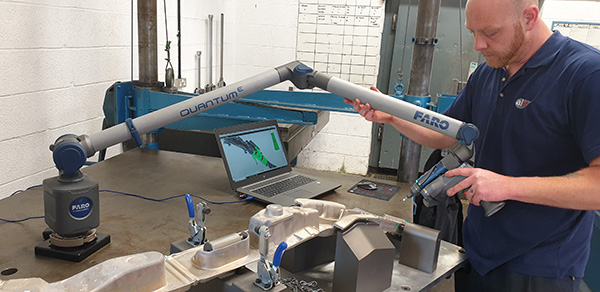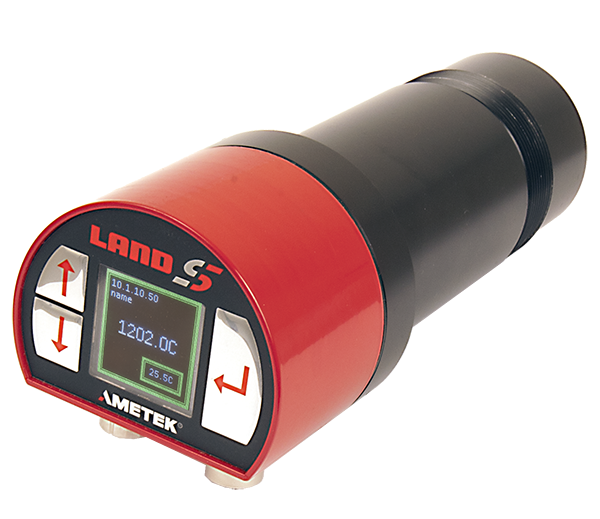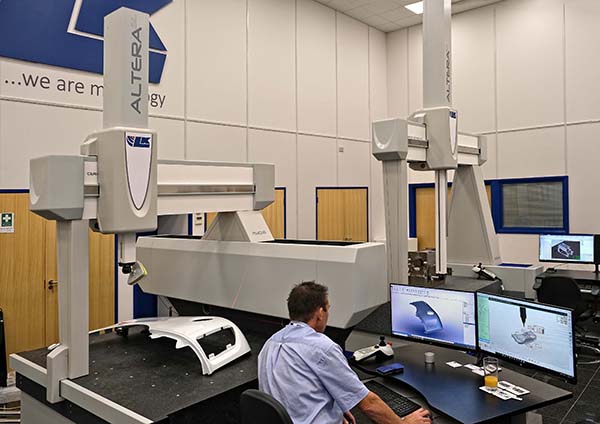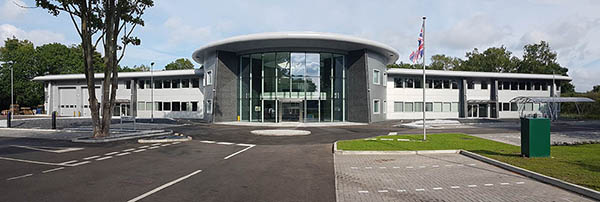Among the latest users of the recently introduced Mitutoyo Crysta-Apex V series CMM is Newcastle-based ADP Precision Engineering.

“Given our beliefs in producing premium-quality components and ensuring that we achieve maximum efficiencies in all of our activities, we recently searched for a new CMM,” explains ADP director and co-founder Peter Cornish. “The launch of Mitutoyo’s Crysta-Apex V series proved to be perfect timing, as the new CMM’s high precision and speed specification matched our requirements exactly.
“Our recently installed CMM is now satisfying ADP’s demanding precision needs and helping to guarantee the quality of parts that we produce,” he continues. “In addition, its rapid CNC action is helping to fast-track the throughput of inspection work in our busy quality department. Its speed is also proving very useful when we are faced with challenging lead times.”
ADP quality manager Stephen Cross adds: “The new CMM’s fast CNC performance means that we are now able to load a large batch of components to the machine’s bed, then start a quick, fully automated measuring sequence. On completion, data related to each individual component is then generated and, if required, we can print detailed inspection reports or archive relevant inspection data.
“Given the speed of the Mitutoyo CMM, in addition to inspecting our current levels of production, we are confident that it will also be able to handle any future increases in production.”
Due to the advent of smart factories and the arrival of the IoT, Crysta-Apex V series CNC CMMs are equipped with Mitutoyo’s Smart Measuring System (SMS) technology. SMS allows the online monitoring of a CMM’s operational status and the automated gathering of records related to key parts.
For further information www.mitutoyo.co.uk






